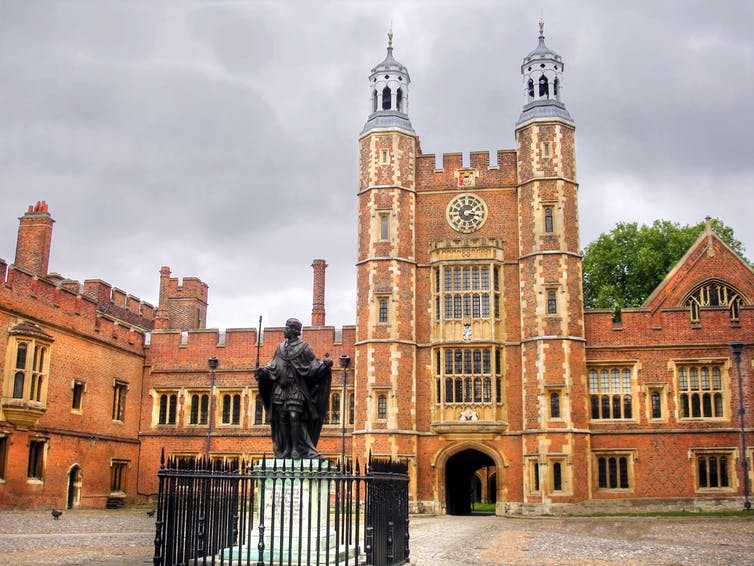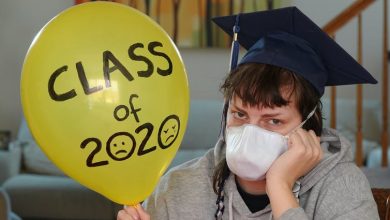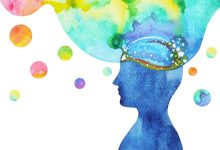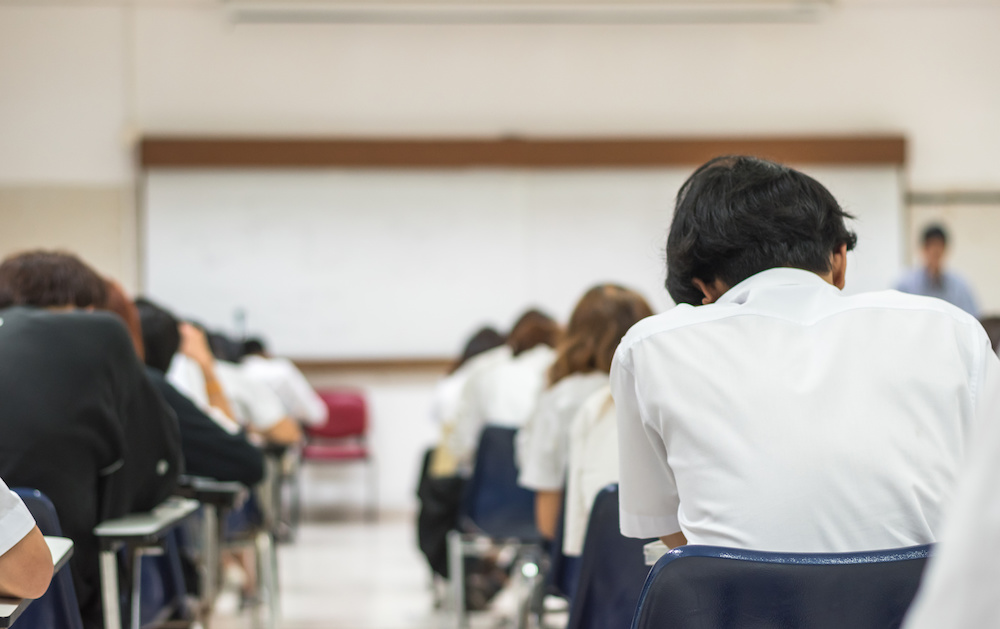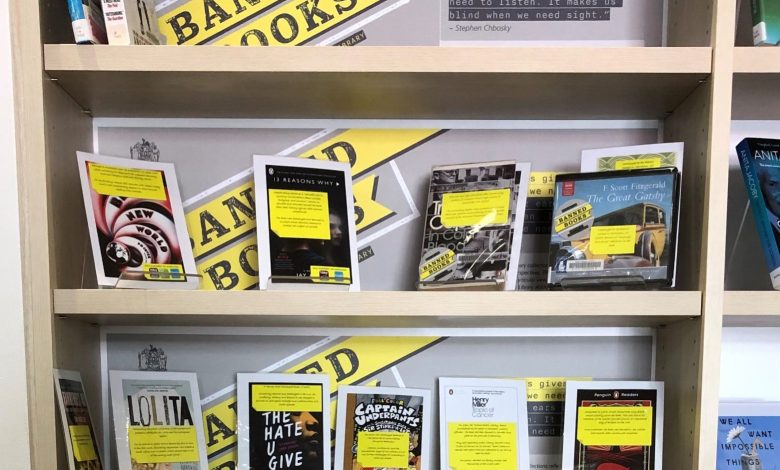
The Evelyn H Parker Public Library in Subiaco is a fine example of mid-century bold design, striking concrete cubes and angles. It’s too small to be brutalist, but in 1971 when it was built, it was considered ‘aggressively modern’ compared to the attractive Federation homes of the area. It was challenging; both new and very different to what had come before. It’s possible there were plenty of complaints about its confrontational new appearance.
Inside the library, the eye is immediately drawn to a metal shelf draped in black and fluorescent yellow, reminiscent of crime scene tape. A display of banned books, controversial enough to warrant an article in the local paper, curious enough to draw in passers-by.
The Handmaid’s Tale is there, as is Lolita and American Psycho. No surprises there.
But next to these books are Captain Underpants, The Lorax and Harry Potter.
These are all books you probably have in your school library, if not on your classroom shelves, and at one stage, all these books —alongside The Hunger Games, Weirdo, Lord of the Rings and Alice in Wonderland— have been banned.
“I believe you can tell a lot about where a society is at by looking at what is occurring in the political sphere and in the cultural wars at that point in time and by simultaneously looking at what is being either censored or what is being restricted,” says Kirsten Cooper, Coordinator of Library Services at the Evelyn H Parker Library. “If you look to some of the books I have featured in our exhibition, it shows where our society’s headspace was at for that period in time.”
‘Banning books gives us silence when we need speech. It closes our ears when we need to listen. It makes us blind when we need sight.’ Stephen Chbosky
Banning, challenging and censoring
While ‘censorship’ is the general term given to the prohibition of any material such as books, films or newspapers, a ‘challenge’ is the specific term used for the attempt to remove or restrict those materials and ‘banning’ is when those items are actually removed.
A challenge can come from any level (often parents!), and censorship can occur at institutional level (such as a school library), while banning and restrictions can come from both state and federal government levels.
“I share in the State Library’s viewpoint in that I do not seek to promote or discourage particular viewpoints through our library but, rather, ensure we have a library collection that showcases a broad range of opinions and ideas. The City of Subiaco does not censor material,” explains Ms Cooper. “However, we do abide by federal and state government decisions on banned and restricted materials – for example, American Psycho remains restricted to over 18s.”
Books under scrutiny
The most common reasons for books to be challenged are offensive language, violence, being sexually explicit or unsuitable for the age group. However, children’s books tend to attract a broader range of complaints.
The entire Captain Underpants series by Dav Pilkey was challenged because it was perceived as encouraging disruptive behaviour while the specific book Captain Underpants and the Sensational Saga of Sir Stinks-a-Lot was further challenged because of its depiction of a same-sex couple.
The Hunger Games by Suzanne Collins was banned across schools and libraries in the US between 2011 and 2019 for being ‘anti-ethnic, anti-family, insensitivity, offensive language, occult/satanic and violent.’
It was an Australian school that banned the Harry Potter series from the school library in 2012 as part of a wider ban on depictions of witches and warlocks. The principal was reported as saying “We just don’t believe that’s something we want to promote. We promote a Christian focus.”
The Lorax by Dr Seuss was banned in 1989 in a California school because it was believed to portray logging in a poor light and they were concerned it would turn children against the forestry industry.
The Chinese Censor, General Ho Chien was responsible for banning Alice’s Adventures in Wonderland by Lewis Carroll in 1931 for anthropomorphising animals and portraying them with the same level of complexity as humans, which he believed was an insult to humans. It was thought that if children began to regard animals and humans as ‘on the same level’, the result would be ‘disastrous’.
But while you might expect that books are being challenged because of outdated racist, homophobic or misogynistic text, the opposite seems to be true.
At least 17 of Ahn Do’s books, an Australian refugee and writer, were temporarily banned in the US, ironically, because they portrayed people of colour, and there were concerns they might be ‘divisive1.’ Research from Boston University similarly shows that censors are focussing more on books that represent diverse points of view2 and there has actually been an increase in the number of book challenges in recent years3.
‘If all printers were determined not to print anything till they were sure it would offend nobody, there would be very little printed.’ Benjamin Franklin
Celebrating banned books
Banned Book Week takes place every year in September/October and celebrates the freedom to read. Established in the early 1980s in response to a sudden increase in book challenges, this international event brings together all components of the book community from authors to students, teachers, librarians, booksellers and readers to ensure the continued right to seek and express ideas, no matter how unpopular or unorthodox4.
“I would urge schools to embrace the annual Banned Book Week,” says Ms Cooper. “While already big in the US and Canada, the event is only just emerging in Australia. The purpose of the event is to celebrate (and ensure as a society we maintain) our freedom to read and access a broad range of opinions and ideas.”

